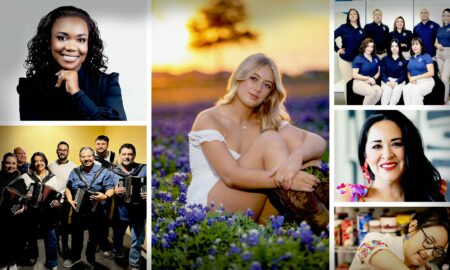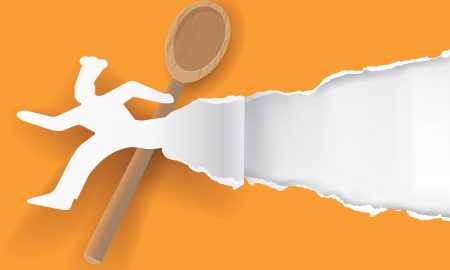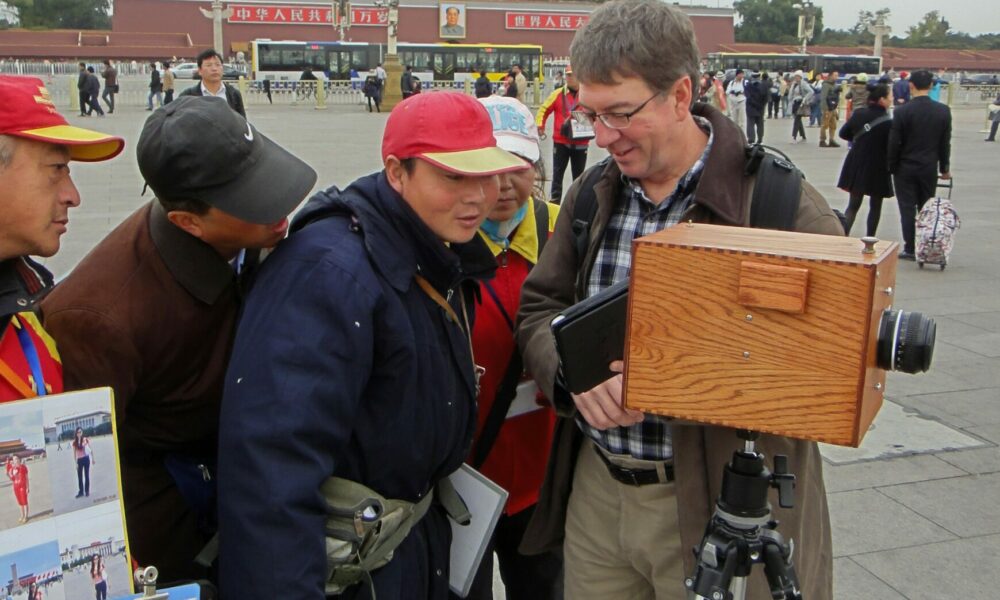

Today we’d like to introduce you to Ansen Seale.
Hi Ansen, I’m so excited to have you on the platform. Before we ask about your work life, you can bring our readers up to speed on your story and how you got to where you are today.
The landscape of the Rio Grande Valley, where I grew up, gave me a great appreciation for nature. We lived in an old farmhouse in the middle of an orange orchard. We kids would go out in the orchard and try to get lost to see if we could find our way back to the house. This was a microcosm of the rest of the Valley. No hills. One river. Fields everywhere, a man-made “natural” landscape laid out on a grid. I went to Trinity in San Antonio, where my mentors allowed me to pursue a liberal education. They let me explore various alternative photography, printmaking, and sculpture techniques. Today, I would not call myself a ” nature photographer” in the traditional sense, but as an artist, I find myself more drawn to natural subjects. My work concerns the nature of reality, time, and our perception of both. Our human view of the world is limited. Insects can see things we can’t; dogs can hear things we can’t. We possess the intellect to devise machines that can look farther into reality than our senses can perceive: microscopes, telescopes, and, in a way, the slit-scan camera I invented.
Please talk to us about the challenges and lessons you’ve learned. Looking back, has it been easy or smooth in retrospect?
Early on, I developed some skills as a commercial photographer, but balancing work for others and creative work for myself has sometimes been challenging. I treasure the experience I gained by working as a photographer in advertising and public relations. These skills now only make my art better.
Thanks for sharing that. Please tell us more about your work.
My time-based works of photographic and sculptural art have been exhibited in museums and galleries internationally and have been collected by corporate, institutional, and private collectors. In 2020, I was named Artist of the Year by the San Antonio Art League and Museum. My work is in the permanent collection of the San Antonio Museum of Art, The Harry Ransom Center at The University of Texas, The Museum of Contemporary Art, Salta, Argentina, and the University of International Business and Economics, Beijing.
Time and light are essential elements of my work. Many of my works are interactive light installations composed of acrylic, aluminum, and LEDs. They react in real-time to viewers’ motion or presence. The viewer becomes the creator, riding a self-generated wave of color to and from the everyday experience.
Over the past 20 years, I have also pursued and developed a technique called slit-scan photography. More than just a visual curiosity, it has become a valuable tool for the exploration of themes meaningful to me, like ideas about time and our place in its continuum. It is essential to understand that my images are not artificially manipulated. This is truly the way the slit-scan camera sees the world. Photographers have mainly applied their craft to imitate the real world. The camera has been used to capture a frozen slice of time, arresting a single instant from its place along the flow of the timeline.
Rather than suspending a single moment, my photography examines the passage of time. I invented a modern digital version of the panoramic camera to accomplish this. In my version, a single sliver of space is imaged over an extended period, yielding the surprising result that unmoving objects are blurred and moving bodies are rendered clearly. The model in the studio must move to be captured. In the water series, the stones in the river do not move and so become stripes. The water flowing past them perturbs their static image, creating a color field painting. This is no trick. This is photography in the purest sense, but a form of photography where abstraction is the norm, not the exception. Instead of mirroring the world as we know it, this camera records a hidden reality. Like a microscope or telescope, the machine expands our ability to perceive more about the nature of reality. The apparent “distortions” in the images all happen in the camera.
We love surprises, fun facts, and unexpected stories. Please share something that might surprise us.
My father was a symphony conductor and composer; my mother was the Poet Laureate of Texas in 2012. Both my brothers are also artists, and we come from a long line of musicians, preachers, vaudeville actors, and circus performers!
Contact Info:
- Website: http://ansenseale.com
- Instagram: https://www.instagram.com/ansenseale/
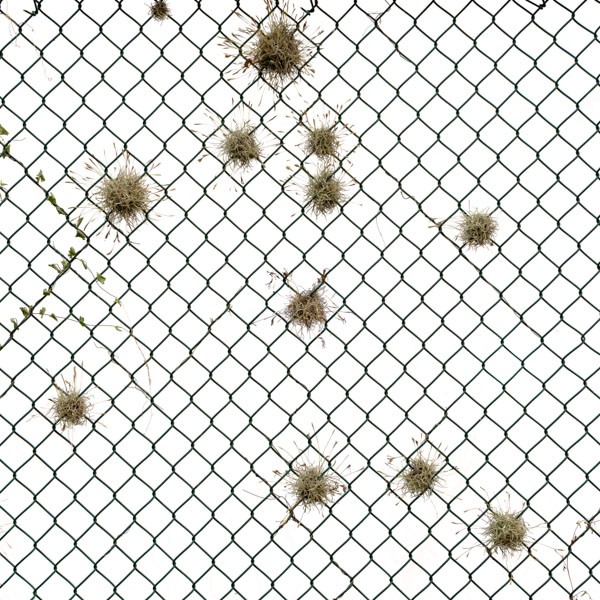
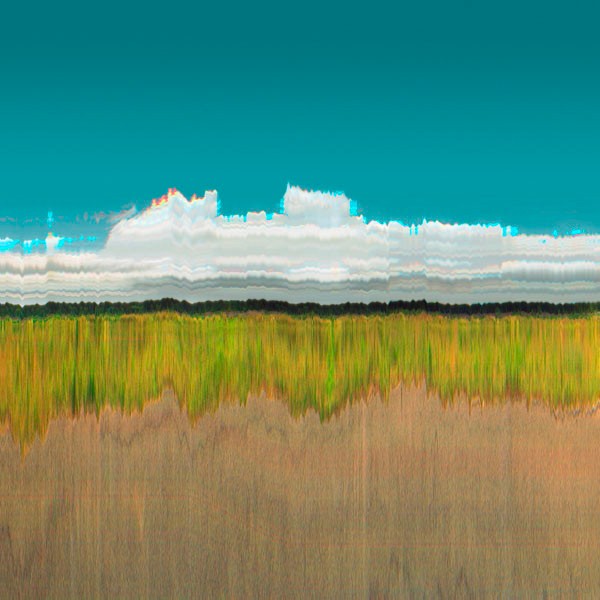
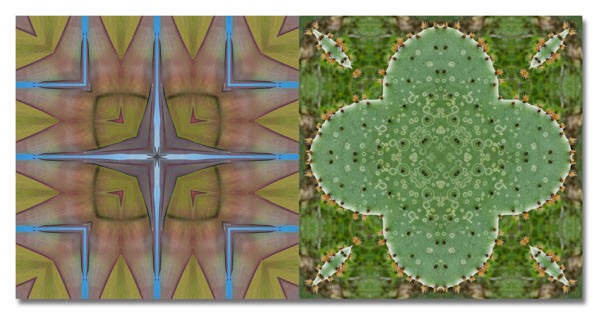
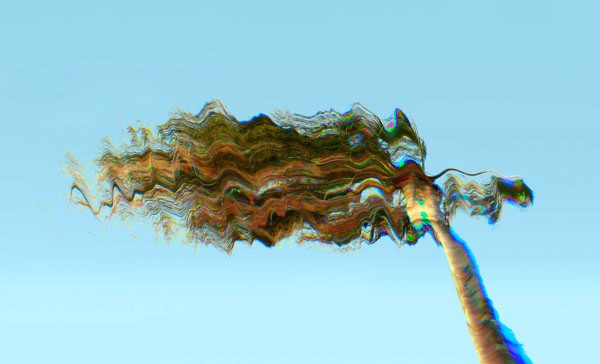
Image Credits
Ansen Seale

